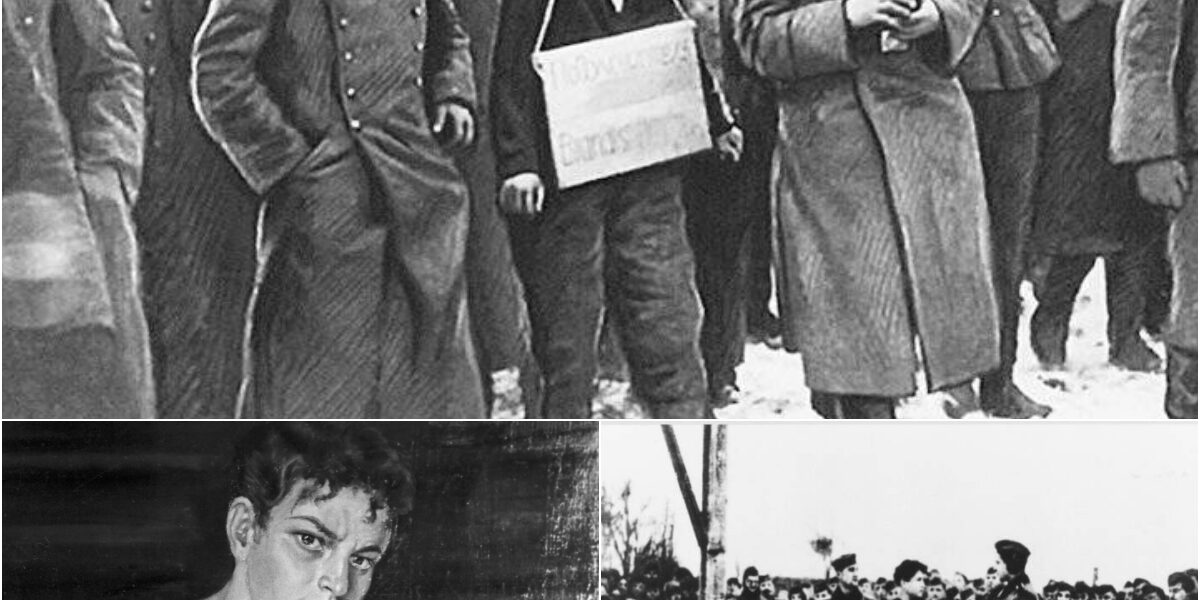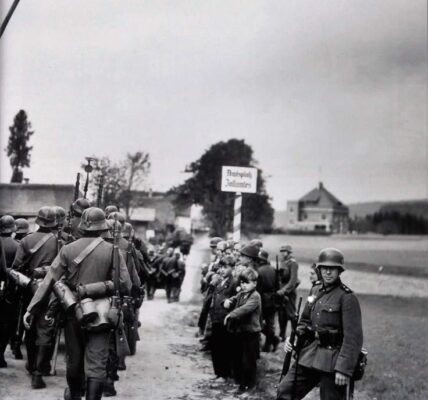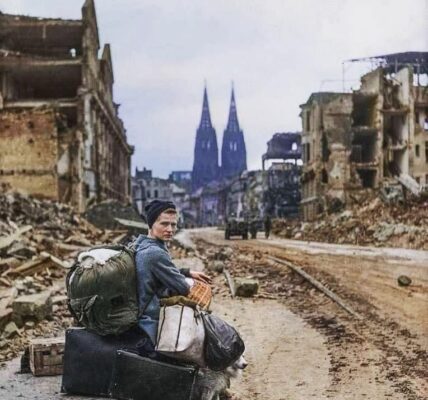BEFORE THE GALLOWS, A LEGEND WAS BORN: The Beautiful 18-Year-Old Heroine Who Pointed at the Nazi Faces and Uttered a Prophecy That Would Echo Through Millennia
In the darkest days of World War II, Zoya Kosmodemyanskaya emerged as a symbol of unwavering courage and resistance against Nazi oppression in the Soviet Union. Born in September 1923 near Moscow, this 18-year-old schoolgirl became a legend for her bravery as a partisan, reportedly facing torture and execution with defiance in 1941. Her rallying cry—“I’m not afraid to die, comrades. It is happiness to die for one’s people!”—inspired a nation under siege. Yet, her story, while celebrated, has faced scrutiny in recent decades, sparking debates about its authenticity. This analysis, crafted for history enthusiasts and readers on platforms like Facebook, explores Zoya’s life, her acts of resistance, and her enduring legacy, presenting a balanced narrative that respects the sensitivity of wartime history while celebrating her impact.
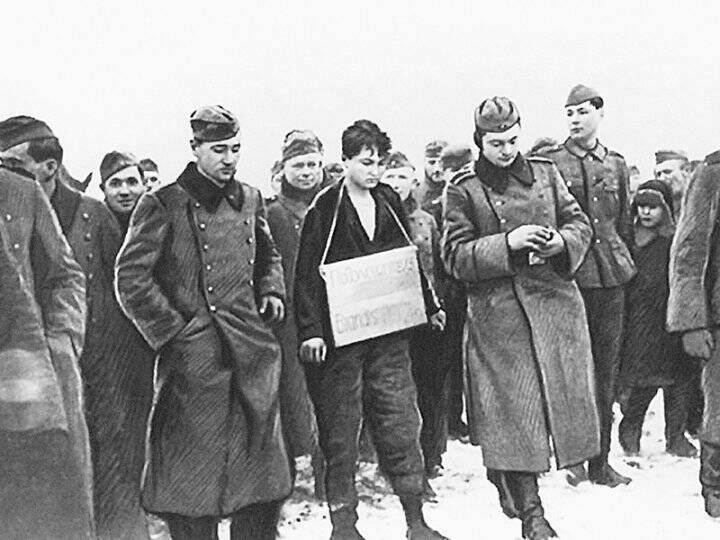
Zoya Kosmodemyanskaya
A Modest Upbringing Shaped by Tragedy
Zoya Kosmodemyanskaya was born in the village of Osinovye Gai, near Moscow, into a family with deep roots in the Russian Orthodox Church. Her father, Anatoly, had studied at a seminary but became a teacher, marrying Lyubov Timofeevna, a clerk’s daughter and fellow educator. Described as a warm and trusting child, Zoya’s gentle demeanor earned her comparisons to an angel. Her early years were marked by the Soviet policy of collectivization in 1929, which disrupted rural life and led to her grandfather’s murder years earlier for criticizing peasant rebellion leaders.
Fearing further persecution, the family relocated to Siberia before settling in Moscow. There, Anatoly worked at an agricultural university, and Lyubov taught at a school. Tragedy struck again in 1933 when Anatoly died under unclear circumstances, leaving Lyubov to raise Zoya and her brother Alexander alone. As a student, Zoya embraced Communist ideals, joining the Pioneer youth group and later the Komsomol, the Communist Youth League. These experiences instilled a fierce sense of duty that would define her actions during the war.
A Young Rebel Against Nazi Invasion
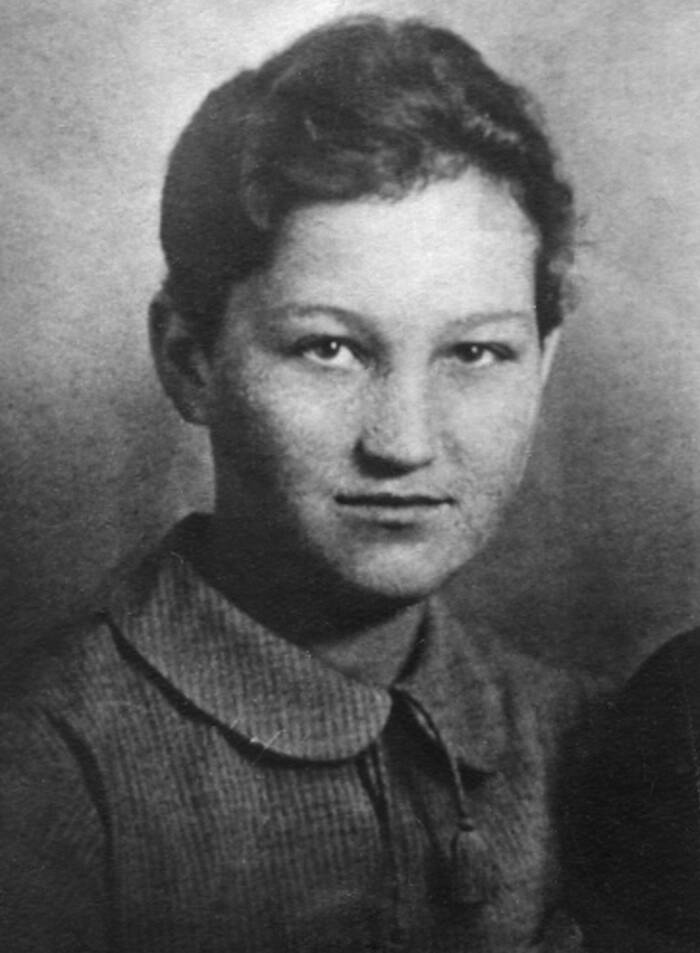
When Nazi Germany launched Operation Barbarossa on June 22, 1941, invading the Soviet Union with over three million troops, Zoya was a 10th-grader at Moscow’s 202nd Secondary School. The invasion, the largest in history, brought devastation to Soviet civilians, with millions killed or imprisoned. Motivated by the suffering around her, Zoya, at just 18, left school to join a guerrilla intelligence unit. She cut her hair, donned men’s clothing, and trained to disrupt German operations.
Zoya’s partisan missions were bold and dangerous. She severed German telephone lines, set fire to buildings used by Nazi officers, and destroyed a stable housing 20 German horses, hampering enemy operations. In late November 1941, she was assigned to burn structures in the village of Petrishchevo, where German soldiers were reportedly stationed. During this mission, she was captured. Despite enduring hours of torture—beatings, burns, and forced marches in the snow—Zoya refused to reveal her real name, calling herself “Tanya,” or share any intelligence. Her defiance, even under extreme duress, showcased her extraordinary courage.
The Execution and Rise to Martyrdom
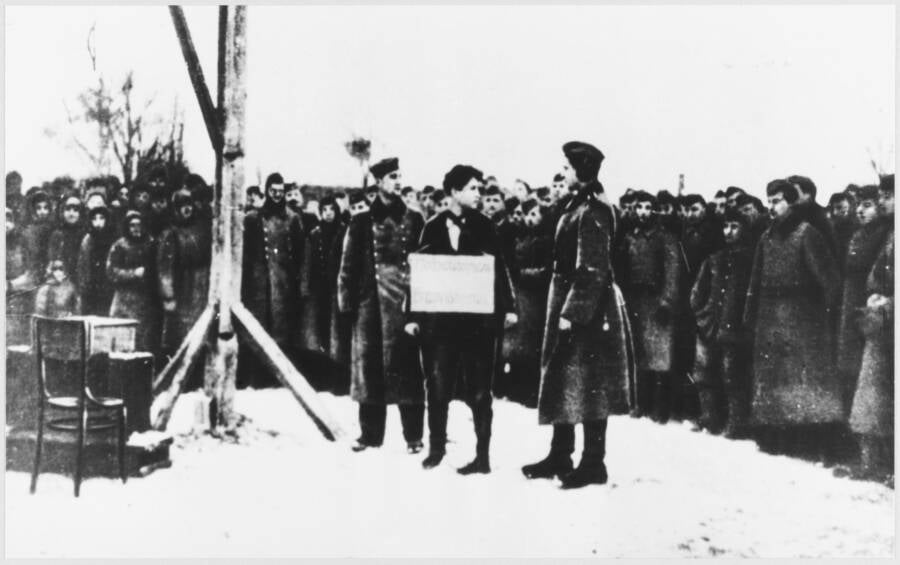
A Soviet partisan believed to be Zoya Kosmodemyanskaya is sent to the gallows.
On November 29, 1941, after failing to extract information, German forces decided to make an example of Zoya. In Petrishchevo’s village square, they hung a sign reading “Guerrilla” around her neck and led her to the gallows. Facing death, Zoya reportedly addressed the gathered villagers and her captors with unyielding resolve. “Comrades! Cheer up! Smite the Germans! Burn them!” she urged, adding, “You hang me now, but I am not alone. There are 200,000,000 of us. You won’t hang everybody. I shall be avenged.” Her final words, “Goodbye, Comrades!” echoed as the noose tightened, ending her life at 18.
News of Zoya’s bravery spread rapidly after her death. In January 1942, Soviet journalist Pyotr Lidov published an article titled “Tanya” in a local newspaper, recounting her execution alongside a photograph of a young woman’s body. Initially unidentified, friends later confirmed “Tanya” as Zoya, cementing her status as a national hero. On February 16, 1942, she was posthumously awarded the title Hero of the Soviet Union, an honor later bestowed on her brother Alexander, who died in combat. Streets, squares, and monuments across Russia commemorated Zoya, and her story fueled Soviet propaganda, symbolizing resistance against Nazi aggression.
A Contested Legacy
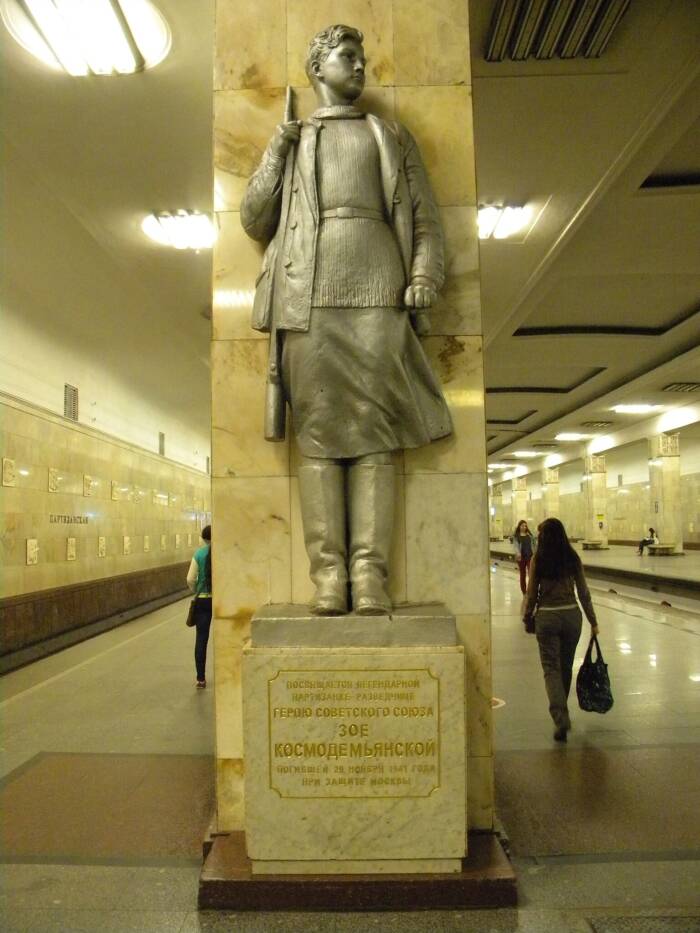
A statue of Zoya Kosmodemyanskaya at the Partizanskaya metro station.
Zoya’s heroism became a cornerstone of Soviet identity, but in the 1990s, questions arose about her story’s accuracy. Articles in the Russian newspaper Arguments and Facts cited Petrishchevo residents who claimed no German officers were present during Zoya’s arson attempt, suggesting she was part of a Soviet “scorched earth” policy to destroy resources. Some alleged that villagers, not Germans, captured and executed her for burning their homes, and that Soviet troops later silenced witnesses. Another theory proposed that partisan Lilya Azolina, not Zoya, was the figure in the “Tanya” photograph, with Azolina’s family also identifying her.
Further controversy emerged from documents suggesting Zoya had been registered at a psychoneurological dispensary, with claims that her silence during torture might have been due to mutism, a symptom associated with schizophrenia. These allegations sparked outrage among many Russians, who saw them as attempts to tarnish a national icon. While conflicting accounts and limited records make it challenging to verify every detail, Zoya’s story undeniably inspired generations, embodying Soviet resilience and sacrifice.
Zoya Kosmodemyanskaya’s life, though brief, left an indelible mark on history. From a gentle schoolgirl to a fearless partisan, her defiance in the face of Nazi brutality at Petrishchevo in 1941 made her a symbol of courage. Whether every detail of her story holds true, her legacy as a Hero of the Soviet Union endures, inspiring countless individuals through her sacrifice. For readers on platforms like Facebook, Zoya’s tale is a compelling reminder of the strength found in ordinary people during extraordinary times. Her story urges us to honor those who resisted oppression and to reflect on the power of conviction in the face of adversity, ensuring that her courage continues to resonate.
